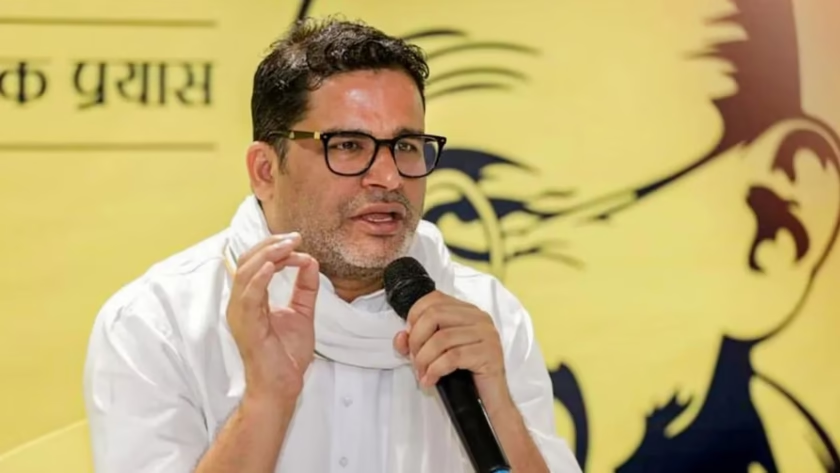Monoj Singh, Ex ACS, UP Govt
Lucknow: For much of the 20th century, Alternating Current (AC) reigned supreme as the global standard of electrification. Its ability to be transmitted efficiently over long distances through the use of transformers made AC the backbone of modern power systems. Direct Current (DC), despite being championed by Thomas Edison in the late 1800s, lost the infamous “War of Currents” to Nikola Tesla’s AC model. Yet, in the 21st century, DC is making a quiet but powerful comeback, reshaping the future of electricity in ways Edison could only have dreamed of.
Why AC Won Historically
The historical victory of AC was rooted in practicality. Transformers allowed AC voltages to be stepped up and stepped down with ease, making long-distance transmission economically viable. Early DC grids, by contrast, required power stations to be located close to consumers, a model that proved unsustainable and costly. With the global power industry standardizing around AC, an infrastructure lock-in occurred, ensuring that AC remained dominant for over a century.
Why DC is Returning Today
The global energy landscape has shifted dramatically in the 21st century, and DC is benefitting from this transformation. The rise of renewable energy has played a pivotal role. Solar panels generate DC electricity directly, while batteries—the cornerstone of renewable integration—also store and release energy in DC. Forcing these systems to repeatedly convert between DC and AC results in energy losses of up to ten percent, losses that modern engineers are keen to avoid.
Another major factor is the development of High-Voltage Direct Current (HVDC) transmission technology. HVDC makes long-distance bulk power transfer more efficient than AC. China’s massive HVDC corridors transport hydropower and solar electricity thousands of kilometers to urban centers, while undersea HVDC cables like NordLink between Germany and Norway have become the backbone of cross-border energy trade.
DC is also finding a natural home in the digital economy. Almost all modern electronics—servers, LED lights, computers—rely on DC internally. Every time AC power is converted to DC, energy is lost and infrastructure costs rise. This is why tech giants such as Google and Meta are piloting DC microgrids for their sprawling data centers.
The surge of electric vehicles adds another layer to this shift. EV batteries operate entirely on DC, and their fast-charging infrastructure requires efficient DC delivery systems. As EV adoption accelerates worldwide, demand for robust DC infrastructure will only grow.

Urban microgrids and smart homes are the next frontier. Rooftop solar panels, home batteries, and intelligent appliances can operate seamlessly on DC, avoiding multiple conversions between AC and DC. This approach promises not only efficiency but also cost savings, a critical factor in the design of tomorrow’s smart cities.
Advantages of DC Today
The advantages of DC are becoming impossible to ignore. It offers higher efficiency by reducing the number of energy conversions. It integrates effortlessly with renewable systems and storage technologies. In transmission, HVDC outperforms AC for long-distance power transfer. At the same time, for low-voltage applications such as electronics and EVs, DC is safer and more compatible.
Challenges for DC
Despite its renewed momentum, DC faces hurdles. Standardization remains a major challenge, with varying voltage requirements for different applications—from 5V USB chargers to 400V EV fast-charging stations. Transition costs also loom large, as the world’s infrastructure is still fundamentally designed around AC, from household wiring to transformers. Furthermore, engineers, regulators, and utilities are deeply versed in AC systems, meaning technical expertise and training will need to evolve to accommodate the DC revolution.
Future Outlook
The 21st century will not see DC overthrow AC entirely. Instead, a hybrid model is likely to emerge. HVDC corridors will carry renewable electricity across continents. DC microgrids will power buildings, campuses, and smart cities. EVs will thrive on DC fast-charging networks, while data centers and industrial hubs will adopt conversion-free DC zones to save power and costs.
Edison may have lost the initial battle, but his vision of DC is quietly winning the long war. Far from being obsolete, DC is embedding itself at the very heart of the digital, renewable-powered, electrified world of the future.
The comeback of Direct Current is not a nostalgic return but a practical necessity of our evolving energy ecosystem. In a world increasingly shaped by renewables, storage, data, and electric mobility, DC is a natural fit. Rather than viewing it as a rival to AC, policymakers and engineers are reimagining DC as a partner, creating a dual-current model that combines the stability of AC with the efficiency of DC. This synergy marks the beginning of a new era in electricity, where the best of both systems will coexist to meet the demands of the 21st century.






